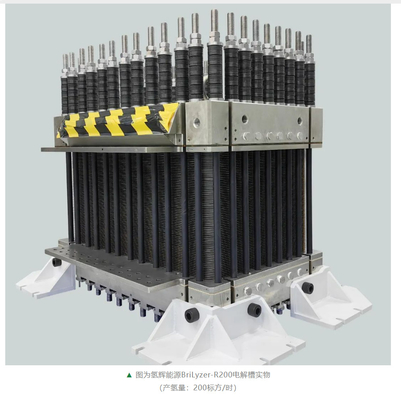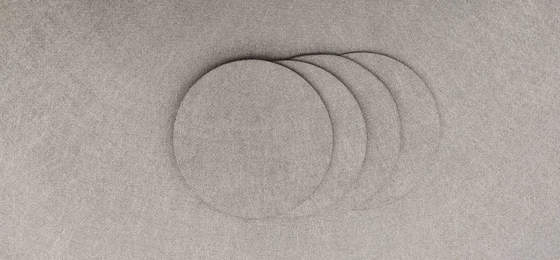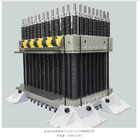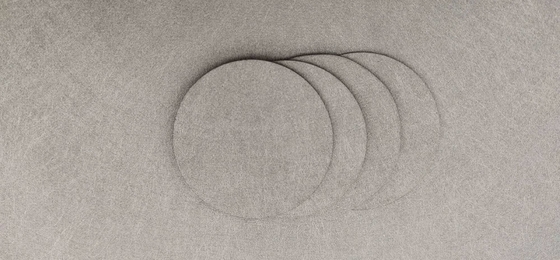Light Gray Titanium Fiber Felt 50-90% Filter Rating Gas Diffusion Layer In PEM

Contact me for free samples and coupons.
Whatsapp:0086 18588475571
Wechat: 0086 18588475571
Skype: sales10@aixton.com
If you have any concern, we provide 24-hour online help.
x| Type | Corrosion Resistant Medium(Hydrogen Production By Electric Reactor) | Filter Rating | 50-90%(Customized As Request) |
|---|---|---|---|
| Usage | Fuel Cell, Military Industry, Aerospace, Civil, Medical Care And So On | Material | Ti Fiber |
| Length | Customize Length | Hole Shape | Customized |
| Color | Light Gray | ||
| Highlight | 90% Filter Titanium Fiber Felt,PEM Titanium Fiber Felt,Aerospace Titanium Carbon Fiber |
||
Light Gray Titanium Fiber Felt 50-90% Filter Rating-Gas Diffusion Layer in PEM
The structure of a Proton Exchange Membrane (PEM) water electrolyzer typically consists of several components that work together to facilitate the electrochemical process of water splitting. Here is a general overview of the structure of a PEM water electrolyzer:
Electrolyte Membrane: The PEM water electrolyzer features a thin, solid polymer electrolyte membrane. This membrane selectively conducts protons (H+ ions) while preventing the passage of electrons. It separates the anode and cathode compartments and allows the transport of protons from the anode to the cathode.
Anode: The anode is typically made of a porous, conductive material such as carbon fiber or carbon paper. It provides a large surface area for the electrochemical reactions to occur. The anode is coated with a catalyst, often based on platinum or other precious metals, which enhances the oxidation reaction of water molecules.
Cathode: The cathode is also made of a porous, conductive material and is coated with a catalyst. The catalyst at the cathode facilitates the reduction reaction of protons and electrons to produce hydrogen gas. Similarly to the anode, platinum or other precious metals are commonly used as catalysts.
Bipolar Plates: Bipolar plates are positioned on either side of the membrane and provide structural support to the electrolyzer. They also serve as current collectors, distributing the electrical current uniformly across the electrode surfaces.
Gas Diffusion Layers: Gas diffusion layers are typically placed between the electrodes and the bipolar plates. These layers help distribute gas evenly across the electrode surfaces and provide pathways for the generated hydrogen and oxygen gases to exit the cell, our Titanium fiber felt is the best materials as Gas Diffusion Layers, it has three dimentional network poroous structure, high Porosity, much larger surface area, uniform pore size distribution,strong corrosion resistance and good water permeability.
Gas Channels: The electrolyzer incorporates channels or flow fields within the bipolar plates to allow the flow of reactant gases (hydrogen and oxygen) and facilitate the removal of product gases.
Water Supply and Cooling System: A PEM water electrolyzer requires a water supply system to provide water to the anode compartment. Additionally, cooling systems may be employed to dissipate the heat generated during the electrolysis process.
Overall, the structure of a PEM water electrolyzer is designed to optimize the electrochemical reactions at the anode and cathode while maintaining the separation of gases and efficient proton conduction through the membrane. This structure enables the efficient production of hydrogen gas from water using an electrical input.






